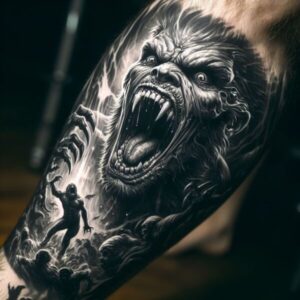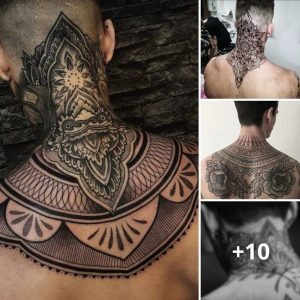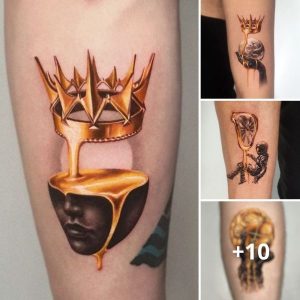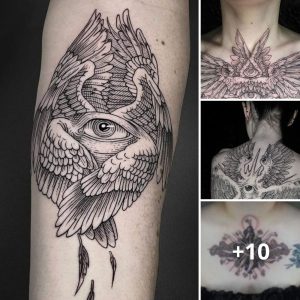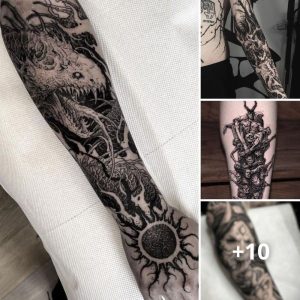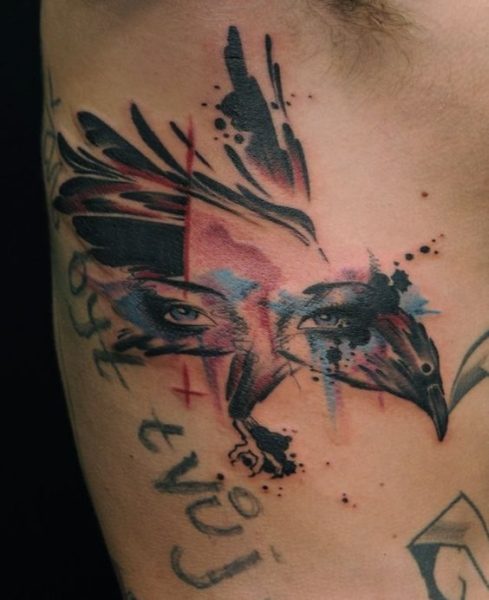
Tattoos have been a form of self-expression and art for centuries, with countless styles and techniques to choose from. One style that has gained immense popularity in recent years is watercolor tattoos. These unique and breathtaking tattoos mimic the fluid and vibrant nature of watercolor paintings, making them an incredible choice for those looking to adorn their bodies with living, breathing works of art. In this article, we’ll delve into the world of watercolor tattoos, exploring their stunning aesthetics, unique characteristics, and where you can find skilled artists to create your own masterpiece.
The Beauty of Watercolor Tattoos
Watercolor tattoos are a mesmerizing fusion of traditional tattooing and the watercolor painting technique. They stand out for their ability to capture the delicate and flowing qualities of watercolors, which results in a soft and dreamy appearance. Unlike traditional tattoos that rely on bold outlines and well-defined shapes, watercolor tattoos employ a more freeform and abstract approach, using soft gradients, blending, and splashes of color to achieve a captivating, painterly effect.
One of the most compelling features of watercolor tattoos is their adaptability to a wide range of subjects. From nature-inspired motifs like flowers, animals, and landscapes to abstract designs, watercolor tattoos can bring virtually any concept to life. Artists often use a spectrum of colors, from pastels to bold and vibrant hues, allowing for a broad spectrum of creative expression.
Unique Characteristics of Watercolor Tattoos
Watercolor tattoos have distinctive characteristics that set them apart from other tattoo styles:
No Outlines: Unlike traditional tattoos, watercolor tattoos typically lack hard outlines. This contributes to their ethereal and soft appearance, creating the illusion that the tattoo has been painted directly onto the skin.
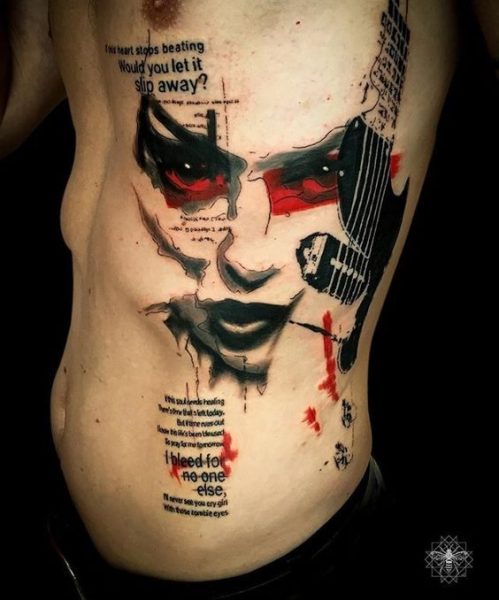
Blending and Transitions: The use of color blending and seamless transitions is a hallmark of watercolor tattoos. Colors gently flow into one another, creating a sense of movement and depth within the design.
Splatter and Spatter: Artists often incorporate splatter and spatter techniques, akin to the way watercolors are applied on paper. This adds a sense of spontaneity and whimsy to the tattoo, making it appear as though it’s still in the process of being painted.
Minimal Black: While some watercolor tattoos may include minimal black lines to provide structure or define certain elements, these are typically subtle and unobtrusive, avoiding the heavy use of black ink seen in traditional tattoos.
Fading Effect: Watercolor tattoos often have a “fade out” effect, where the colors gently dissipate into the surrounding skin, creating a seamless connection between the tattoo and the body.
Where to Find Skilled Watercolor Tattoo Artists
Creating a watercolor tattoo requires a high level of skill and artistic talent. It’s essential to find a tattoo artist who specializes in this style to ensure the best possible outcome. Here are some ways to find skilled watercolor tattoo artists:
Online Research: Use search engines and social media platforms to find artists specializing in watercolor tattoos. Many tattoo artists showcase their portfolios online, making it easier to assess their style and skills.
Tattoo Conventions: Attend tattoo conventions in your area or even travel to larger events. These gatherings often attract a diverse range of tattoo artists, including those who specialize in watercolor tattoos. It’s a great opportunity to meet artists in person and discuss your ideas.
Recommendations: Ask friends or acquaintances who have watercolor tattoos for recommendations. Personal referrals can provide valuable insights into an artist’s professionalism and skill.
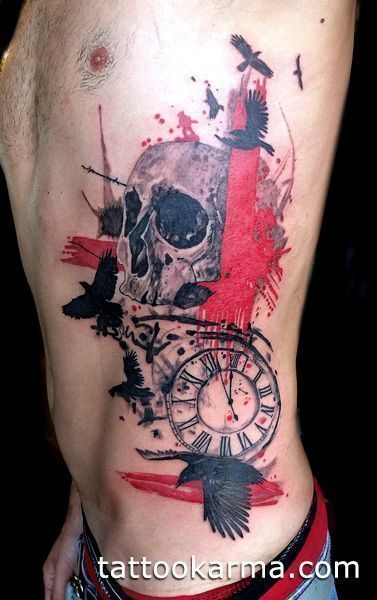
Tattoo Studios: Visit reputable tattoo studios and inquire about artists who are experienced in watercolor tattooing. Many studios have multiple artists with varying specialties.
Online Tattoo Forums and Communities: Join online tattoo forums and communities to seek recommendations and reviews from fellow tattoo enthusiasts. They can provide valuable insights and share their experiences with specific artists.
The Care and Longevity of Watercolor Tattoos
After getting a watercolor tattoo, it’s crucial to take proper care of it to ensure its longevity and vibrancy. Here are some tips for maintaining your watercolor tattoo:
Follow Aftercare Instructions: Your tattoo artist will provide you with aftercare instructions. Follow these guidelines carefully, which may include cleaning, moisturizing, and avoiding direct sunlight.
Sun Protection: Sun exposure can cause colors to fade over time. Protect your tattoo from the sun by applying a broad-spectrum sunscreen with a high SPF, wearing clothing that covers the tattoo, or avoiding prolonged sun exposure.
Touch-ups: Watercolor tattoos may require touch-ups over the years to maintain their vibrancy. Consult with your tattoo artist to determine the best time for touch-up sessions.
In conclusion, watercolor tattoos are a breathtaking form of self-expression, blending the worlds of tattooing and watercolor painting. Their unique characteristics, including soft gradients, blending, and abstract designs, make them a popular choice for those seeking a one-of-a-kind work of art.
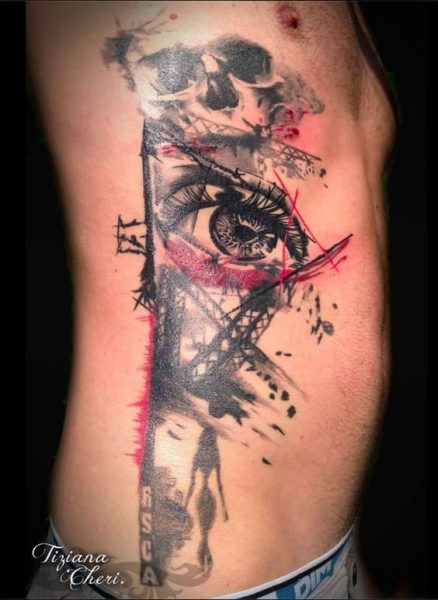
Finding a skilled watercolor tattoo artist is essential to achieve the best results, and proper aftercare is vital for the tattoo’s longevity and brilliance. If you’re considering a watercolor tattoo, take the time to explore artists’ portfolios and discuss your ideas to create a mesmerizing and personal piece of body art that you’ll cherish for years to come.
